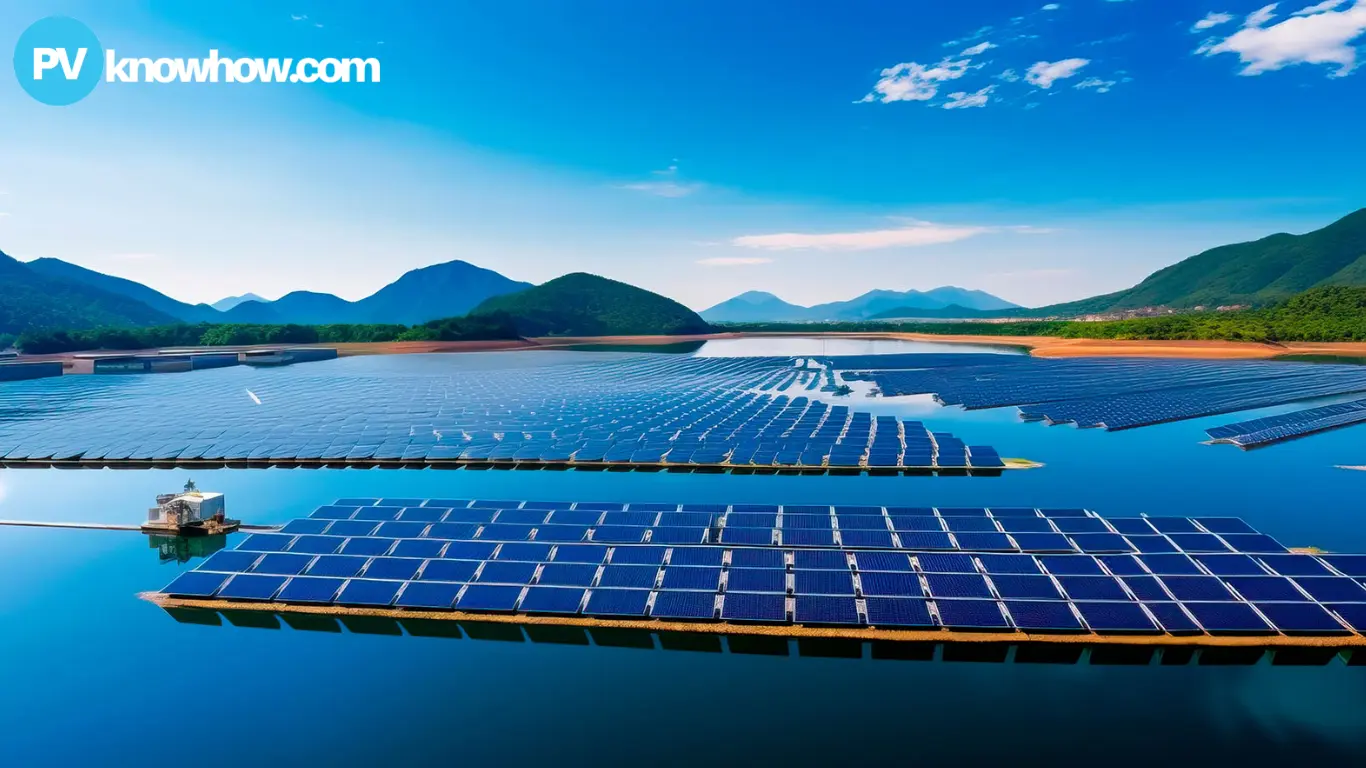
Floating Solar Panels
Zimbabwe plans to install floating solar panels on the Kariba Dam — the world’s largest artificial freshwater reservoir — by early next year, according to the Ministry of Mines and Energy Development.
Two Phases of Solar Panel Installation
In a pioneering step towards sustainable energy, Zimbabwe has revealed plans to install floating solar panels on the Kariba Dam by early next year. This ambitious initiative — led by the Ministry of Mines and Energy Development — aims to tackle the country's significant energy shortages and promote renewable energy sources.
Currently, Zimbabweans are enduring severe electricity rationing. Daily outages last up to 18 hours, as the utility company grapples with insufficient electricity production. The country's primary power station — the 1,050 MW Kariba hydropower plant — has been forced to reduce its output due to depleted water levels caused by below-average rainfall in recent years. In 2022, ZPC — the operating company for the hydropower plant on the Zimbabwean side — had to limit generation to approximately 300 MW.
During a press briefing in Harare, Gloria Magombo — the secretary for energy and power development — announced the Ministry’s plans. She mentioned that the initial phase will involve installing 150 megawatts of solar panels on the Kariba Dam. Magombo stressed the project's potential to significantly boost Zimbabwe's energy capacity. She also noted substantial interest from the private sector, with applications for an additional 600 megawatts of floating solar panels, though she did not offer specific details about these applications.
What Necessitates Solar Solutions
Zimbabwe's move to adopt floating solar technology is driven by the declining water levels in the Kariba Dam, shared with Zambia. Due to a severe drought, the Zambezi River Authority has reduced the water allocation for hydroelectric power. This has worsened power shortages and causing frequent blackouts nationwide. Consequently, the government is now compelled to seek alternative energy sources to address the crisis.
Magombo highlighted that the drop in water levels has severely affected power generation. She noted that floating solar panels offer a practical solution to boost energy supply without additional strain on water resources. This innovative approach maximises space and reduces water evaporation from the reservoir, providing an environmental advantage.
"Our ability to generate power has been significantly impacted by lower water levels," stated Magombo. "Floating solar panels offer a practical way to increase our energy output without putting further stress on our water resources.”
Kariba Dam
Kariba Dam — shared between Zambia and Zimbabwe — was constructed in the late 1950s and remains a pivotal site for hydroelectric power generation, boasting an installed capacity of 1,050 MW on the Zimbabwean side. It is also renowned as a major tourist attraction and supports a thriving reservoir fishery, which is crucial for local employment.
The installation of floating solar panels on Kariba Dam — alongside its existing functions — aims to optimize power generation while addressing environmental concerns such as water evaporation and algae growth. This potentially enhances water quality.
Studies suggest integrating floating photovoltaic (FPV) technology into reservoirs like Kariba presents significant economic benefits. These include enhanced solar panel efficiency through cooling effects, reduced water evaporation, improved water quality, and minimal environmental impact compared to land-based installations. Co-locating FPV with existing hydropower infrastructure can maximize grid connectivity and effectively utilize reservoirs as virtual batteries, thereby storing excess energy for periods of low solar production.
Zimbabwe's government plans to extend the use of floating solar technology beyond the Kariba Dam to other reservoirs like the Mutirikwi Dam. Magombo also highlighted increased private sector interest in developing more floating solar projects, indicating a broader commitment to renewable energy investments in the country.
The introduction of floating solar panels marks a significant step in Zimbabwe's energy strategy, aligning with global trends toward renewable energy and demonstrating the country's proactive approach to addressing climate change and ensuring energy security. This initiative aims to alleviate the current energy crisis and position Zimbabwe as a pioneer in innovative energy solutions across Africa.
